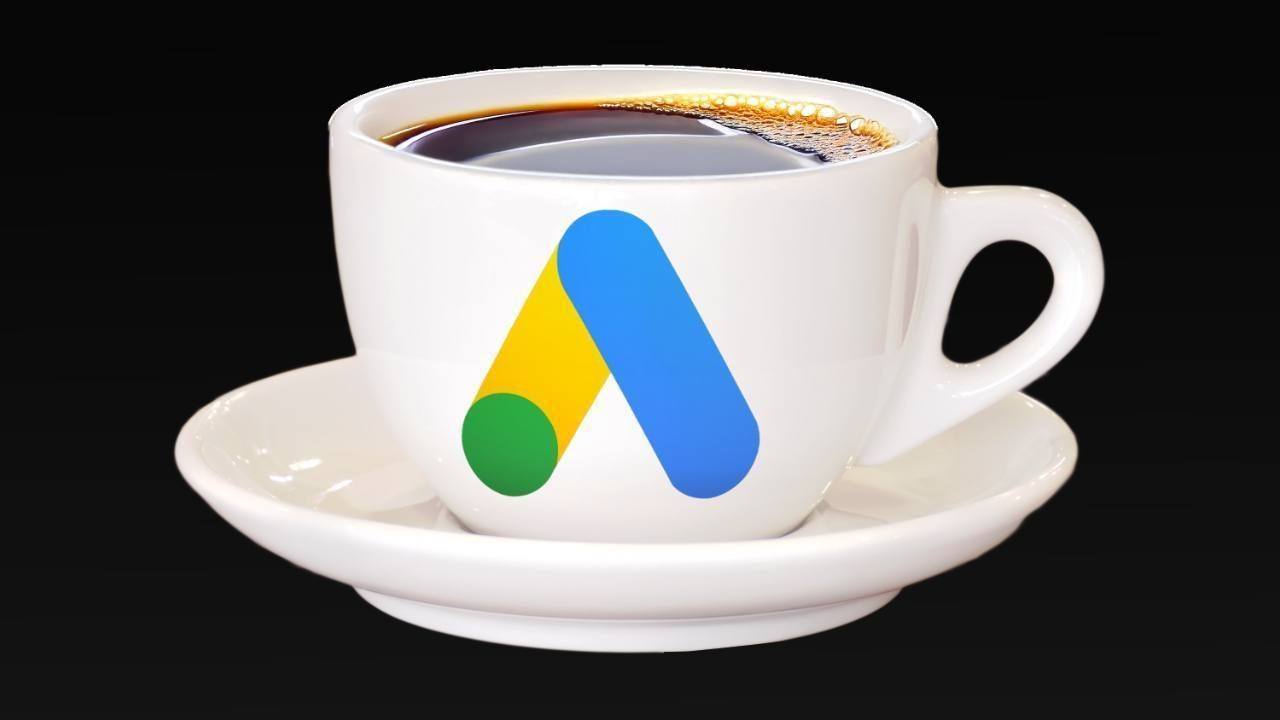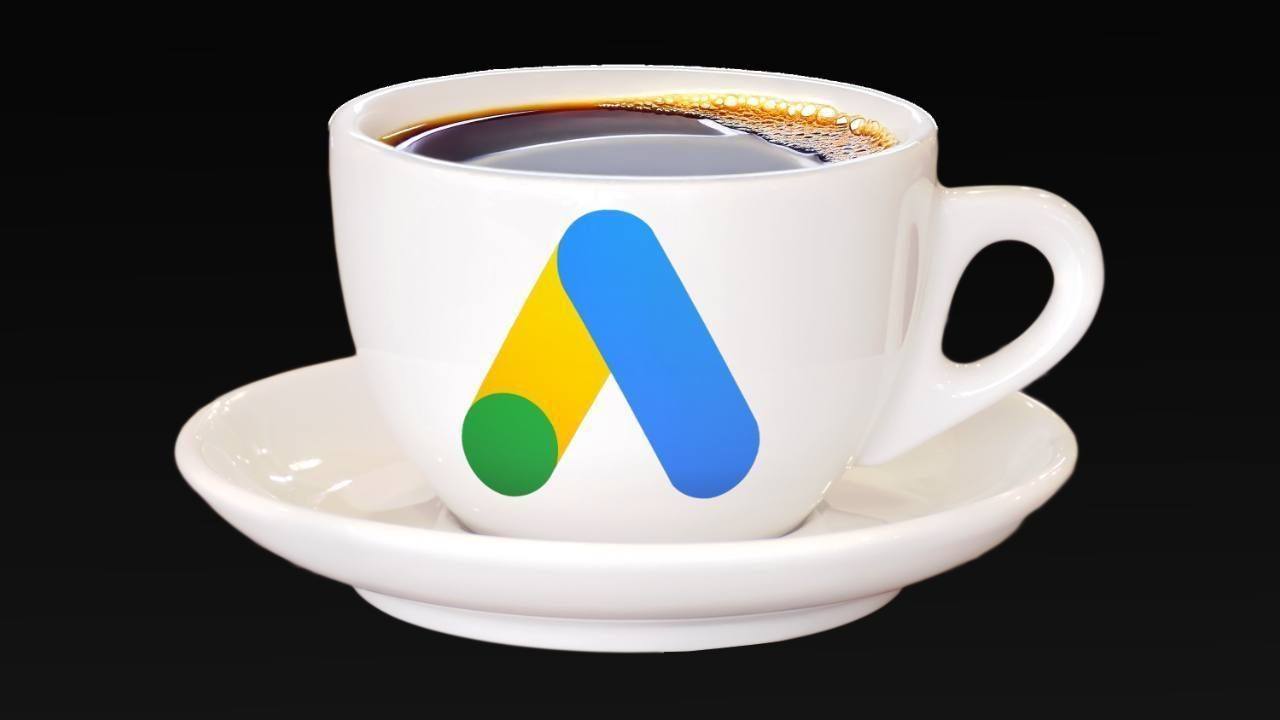Split Testing Ad Copy in Google Ads: What You Need to Know in 2025

Exciting News: I am running my first ever live Google Ads Event
Clicks to Cashflow has dedicated streams for eCommerce & Lead Gen
This online event runs for 3-4 days & Tickets Start from just $99
Split testing is still one of the most effective optimisations you can make inside Google Ads. By testing your ad copy systematically, you can improve both click-through rates (CTR) and conversions giving you a competitive edge in crowded search auctions.
In this guide, we’ll break down two approaches to split testing for Search campaigns in 2025:
-
The traditional two ads per ad group method.
-
The modern single ad with asset-level reporting method.
Why Split Testing Still Matters
With responsive search ads (RSAs), you can now see performance data at the asset level iez; headlines and descriptions, making it possible to identify what drives clicks and conversions.
This means you don’t necessarily need multiple ads per ad group anymore. But both approaches still have merit, depending on your account structure and goals.
Option 1: Two Ads per Ad Group
This is the classic way of split testing. You create two ads in the same ad group and compare performance.
Key considerations:
-
Ad Rotation Setting:
-
Optimise: Prefer best-performing ads (default). Google prioritises stronger ads, but it may reduce the fairness of your split.
-
Do not optimise: Rotate ads indefinitely. This forces a truer 50/50 split but can harm performance if one ad is weak.
-
-
One variable at a time:
To isolate results, only change one element. Options include:-
Headline 1 (often testing Dynamic Keyword Insertion).
-
Headline 2 (testing different CTAs).
-
Landing pages.
-
Avoid testing multiple variables at once, or you won’t know what’s driving the difference in performance.
Option 2: One Ad + Asset-Level Reporting
With RSAs, you can now run just one ad per ad group and use the “View Asset Details” feature to see performance at the individual headline and description level.
This approach lets you:
-
See which headlines get the most clicks.
-
Compare conversion performance by description.
-
Make live optimisations directly to a single ad instead of managing multiple versions.
This method is quickly becoming the default and it may soon be the only option Google supports as automation continues to evolve.
Which Method Should You Use?
-
If you want tighter control: Use the two-ads method, but accept Google may prioritise one ad unfairly.
-
If you want efficiency: Use the one-ad method with asset-level reporting. It’s faster potentially more and future-proof.
Either way, the goal remains the same: systematically test, measure, and optimise your ad copy to improve results over time.
Final Takeaway
Split testing in Google Ads has changed, but it’s far from dead. Whether you’re running two ads per group or using asset-level data, the key is to:
-
Test one variable at a time.
-
Monitor CTR, conversions, and conversion rate closely.
-
Use insights to continuously refine your copy.
👉 Want a step-by-step process? Download our Google Ads Optimisation Checklist and fill out the How Can We Help You? form to get tailored advice for your campaigns.
Have a great week,
Aaron

- Monday 22nd September, 8pm AEST: Split Testing Ad Copy in Google Ads
- Wednesday 24th September, 8pm AEST: From Views to Sales: Winning with YouTube Ads
Head Over To My YouTube Channel 👇
|

[LIVE MASTERCLASS + Q&A]
Landing Pages for Service Businesses | Johan Carlberger💻
Wednesday 24th, September, 2025, 11:00 AM (AEST)
Tuesday, 23rd, September, 2025 02:00 PM (GMT)
Tuesday 23rd, September, 2025, 6:00 AM (PT)





